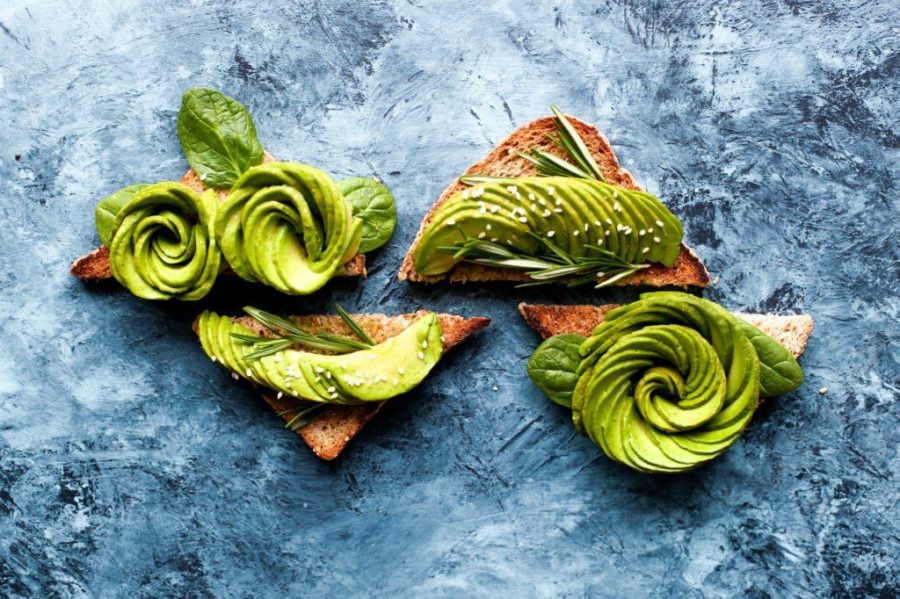This is the second installment of a two-part series that focuses on American consumerism, and the emergence of viral trends that have come to define Generation Y and Z.
Similar to fidget spinners, which were discussed here last week, the American desire for avocado toast is unbelievably stunning. Indeed, it is nothing short of a miracle that a simple fruit has become the obsession of Generation Y. Allow me to explain.
Recently, a young Australian millionaire named Tim Gurner drew the ire of the internet when he said:
“When I was trying to buy my first home, I wasn’t buying smashed avocado for $19 and four coffees at $4 each. We’re at a point now where the expectations of younger people are very, very high. They want to eat out every day, they want to travel to Europe every year. The people that own homes today worked very, very hard for it (and) saved every dollar, did everything they could to get up the property investment ladder.”
Interpreted literally, Gurner’s statement could not be more ridiculous. Assuming that a home costs several hundred thousand dollars, it would take thousands of $19 lunches to pay for a mortgage. This inevitably led to some calculating the actual values; a Chicago millennial would need to forgo 4,091 avocado toasts to make a down payment on a $225,000 house. Gurner became an overnight laughing stock and many walked away feeling reaffirmed in their beliefs.
Yet, there is a deeper lesson to be learned from this seemingly insignificant ordeal.
Justifying a single plate of avocado toast by comparing it to 4,091 others indicates the willingness of Americans to consume in excess. Fidget spinners, hula-hoops, florescent pink yard flamingos—each of these items are relatively cheap. Compared to their actual use versus achieving a particular social status, however, the benefits are relatively low. While low-paying jobs, crushing student debt and an unstable market are more burdensome for millennials to overcome, each plate of overpriced toasts adds up.
The same principle exists in banking and finances. Add a small portion to an investment account periodically and over time the value of the capital will generally rise. It is nothing more than basic economics. Yet, when figures such as Gruner illustrate the importance of frugalness, everyone loses grasp of this concept by interpreting their words literally. Once one gets past the clever comments and satirical calculations, Tim Gurner is actually trying to express a crucial message: if the product has no inherent value—beyond immediate gratification—save while you are still young.
Provided that an overpriced plate of avocado toast is not the only meal available within longboard distance, choosing the smashed bread over a piece of sourdough is entirely irrational. The emotional triggers that urge consumers to make these decisions is actually a significant area of interest for behavioral psychologists. Broken down, every product has a certain value—one which is functional, while the other is “hedonic,” or emotional. Similar to other markers of American wealth, avocado toast is useful for establishing a public persona. Thus, it is a hedonic product.
Items which are functional are rather cheap, as the emotional drive to purchase hammers and bowls are relatively low. Conversely, hedonic experiences are extraordinarily more expensive in comparison, as they elicit emotions that cannot be expressed easily. While crafting some avocado toast at home is cheap, the emotional drives urge us to eat at restaurants with huge markups. How does one prove to others that they purchased this experience?
Social media, of course, which has given rise to numerous products over the years.
Although it was once a humble fruit, avocados are now something of a “superfood.” One’s daily caloric intake doesn’t mean anything when health gurus claim benefits such as younger complexion and a thinner waistline. Fortunately for millennials, avocados are also highly photogenic. The Atlantic did some research on this social media phenomenon and concluded that “Many young people are driven by the experiences that will make the best social media content…these sorts of questions—what experience will reliably deliver the most popular Instagram post?”—really drive the behavior of people…” This cascades into the desire to purchase one avocado toast plate here, and another one there.
According to social psychologist Dr. Utpal Dholakia “When you are willing to pay the high markup for one item’s hedonic value, you are likely to pay such markups for other items also, leading to a cascading effect. For instance, if eating $19 avocado toast was your only indulgence, it wouldn’t matter very much. But people who eat this toast are also the ones who eat out every day and fly to Europe every year. The shorthand in such comparisons is that undisciplined spending rarely occurs for just one product. Instead, it occurs in clusters.”
Over time, regular consumption of unnecessary goods affects one’s financial situation. Sure, eating a single plate of avocado toast is not significant. When mixed with America’s desire to hungrily acquire more products, however, a snowball effect is initiated. Don’t believe that the craze for avocados won’t adversely affect the market either? According to some estimations, “…A 22-pound box of Hass avocados from Mexico is at its highest price in 19 years, costing more than double what it did a year ago. It’s not just the U.S. riding the current avocado wave; consumption is also up in China and Europe…” Indeed, the surge to purchase more of this fruit stimulated an increase in average price. Again, simple economics.
So why should anyone care? Why care about excess American consumerism, when avocado toast and fidget spinners signal that the United States market is healthy? Besides, aren’t fewer millennials purchasing homes anyway? Well, imagine if you traded one meal out for a small donation to a savings account. Switch that fidget spinner for a manual on how to address ADHD. These small actions benefit the future, rather than satisfying the present. There will always exist an endless tide of products—it is our responsibility to free ourselves from these inadequate desires.












